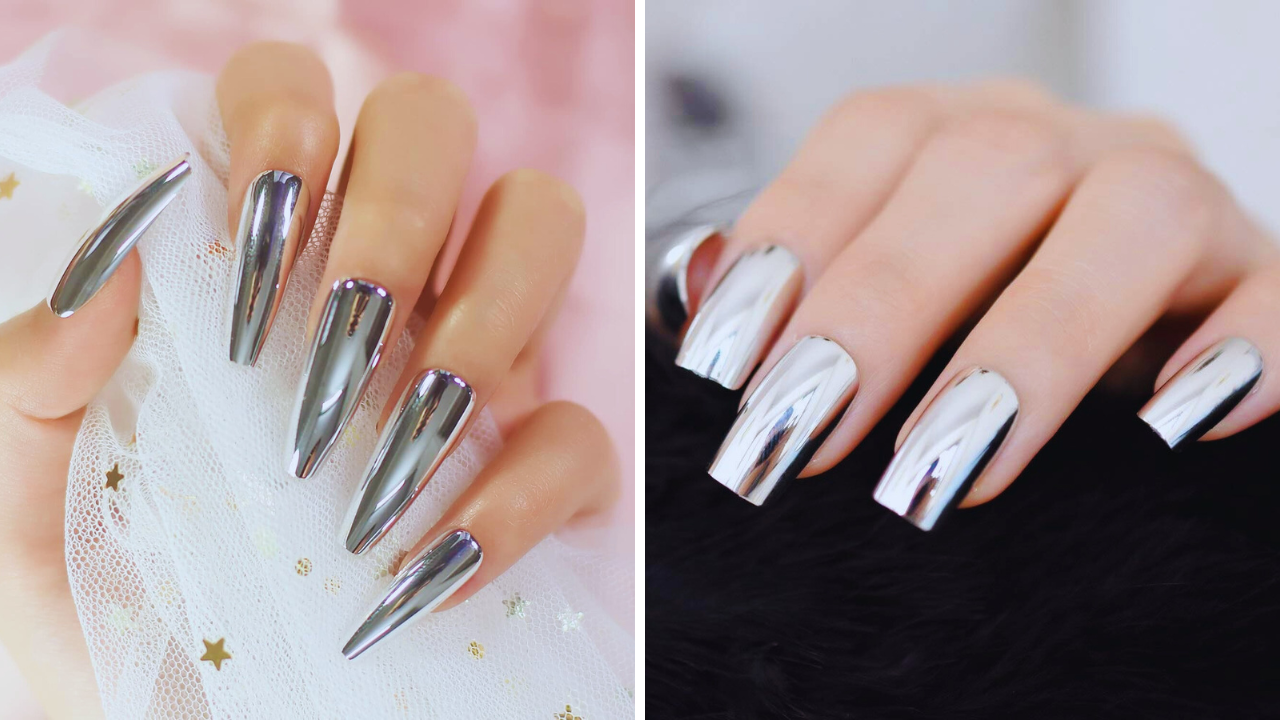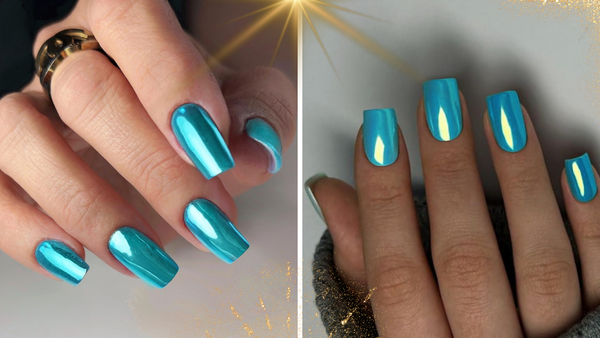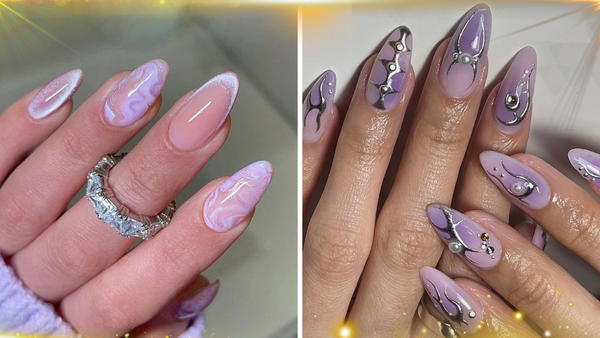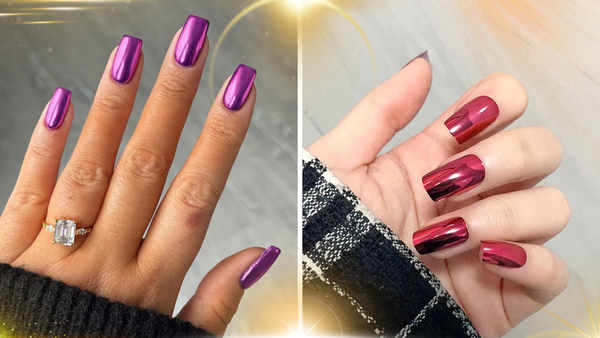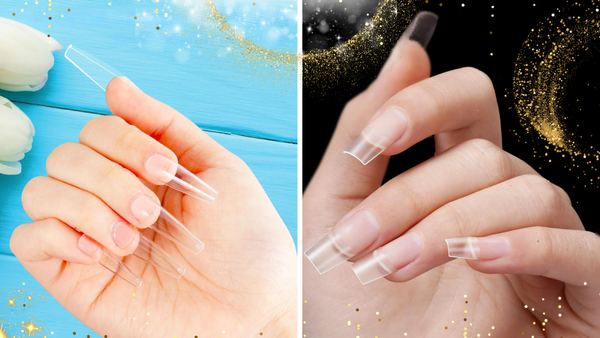Key Takeaways:
- Press-on nails can be a safe alternative to traditional acrylics if applied and removed correctly.
- Proper nail care and preparation are crucial to prevent damage to natural nails.
- Using high-quality press-ons and avoiding prolonged wear can help maintain nail health.
Press-on nails have become a popular choice for many women seeking a quick and glamorous nail makeover. They offer the allure of a salon-quality manicure without the time commitment or cost. However, a common concern is whether these convenient beauty accessories can lead to damaged nails. In this article, we'll explore the impact of press-on nails on your natural nails and provide tips to keep your nails healthy.
The Basics of Press-On Nails
Press-on nails are artificial nails made from various materials such as plastic, acrylic resin, or high-quality polymers. They come in a variety of shapes, sizes, and designs, allowing for endless creativity in nail art. The application process is straightforward: adhesive tabs or nail glue are used to stick the press-on nails onto the natural nail surface. But the question remains: do press-on nails damage your nails?
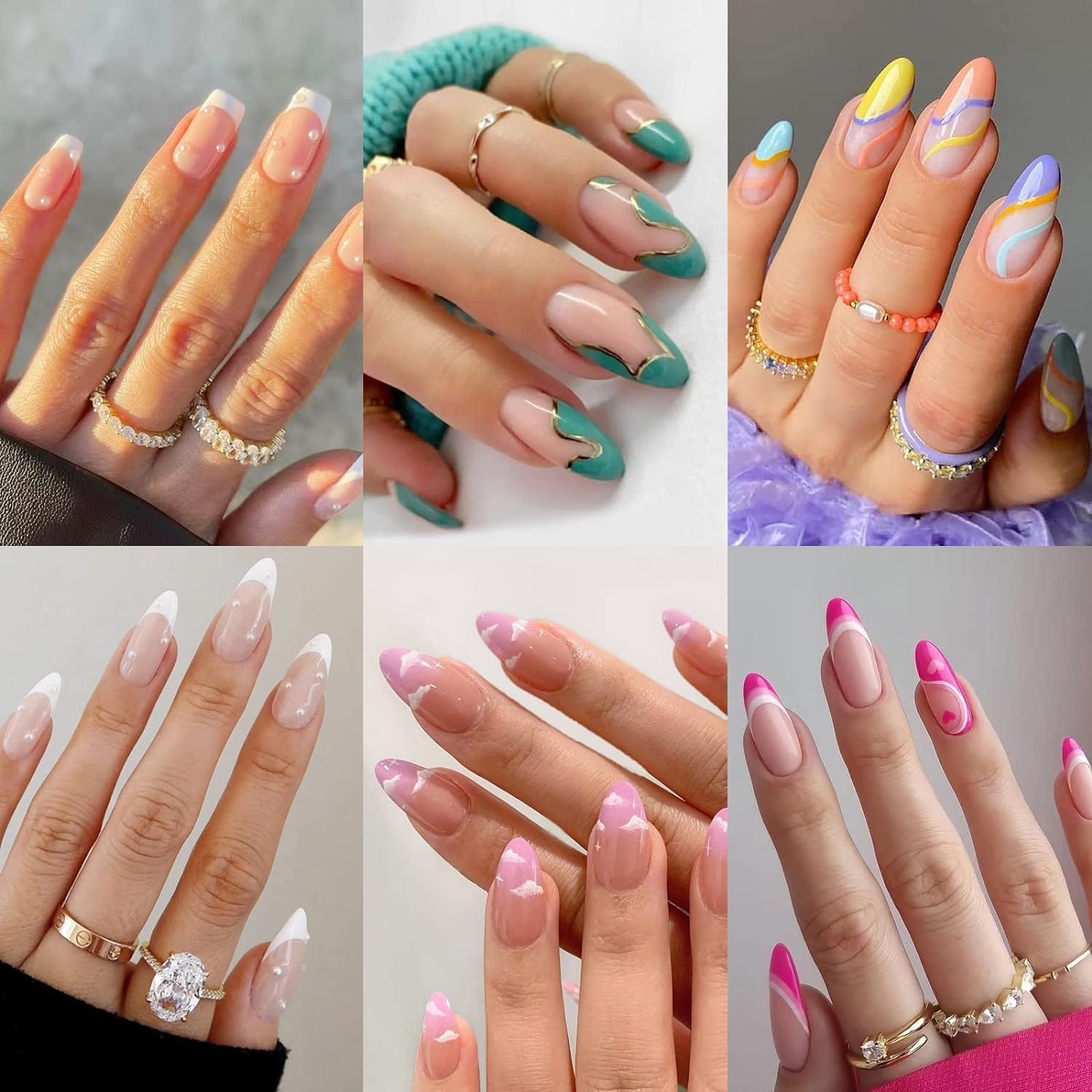
Preparing Your Natural Nails
Before you apply press-on nails, it's essential to prepare your own nails to minimize potential damage. Start by cleaning your nails with soapy water and drying them thoroughly. Push back the cuticles gently and buff the nail surface lightly to create a smooth base. This preparation can help the press-ons adhere better and reduce the risk of trapping moisture, which can lead to fungal infections.
The Role of Nail Glue
Nail glue is a common adhesive used to apply press-on nails. It's typically made from cyanoacrylate, a strong bonding agent also found in superglue. While nail glue can keep your press-ons secure for up to two weeks, improper use or removal can cause damage to the natural nail bed. To avoid this, use the correct amount of glue and apply it carefully to prevent it from spreading onto the skin or cuticle.
Removal Process: Do It Right
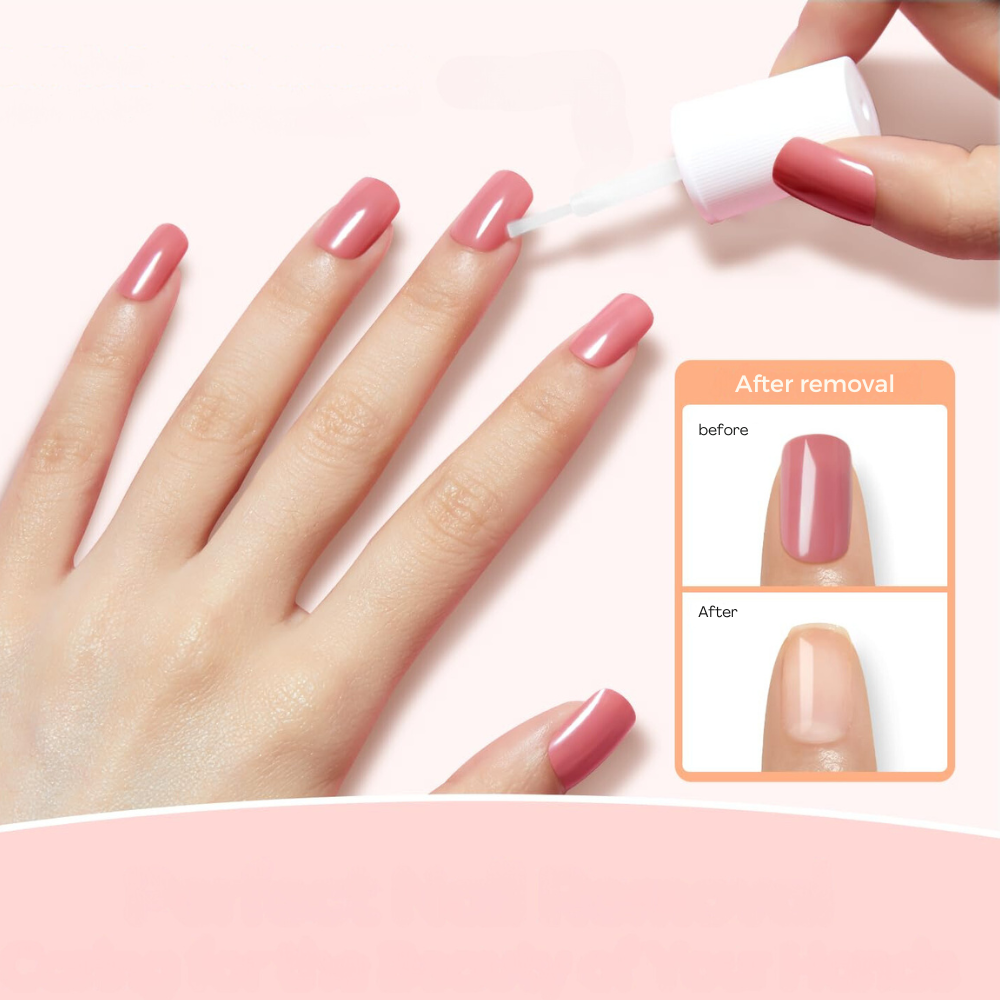
The removal process is critical when it comes to preventing nail damage. Never force or pull off press-on nails, as this can rip layers off your natural nails. Instead, soak your fingers in warm water or use a specialized nail polish remover to loosen the adhesive. Gently lift the edges of the press-ons with a nail file or cuticle stick once they start to detach.
The Longevity of Press-On Nails: How Long Can You Wear Them?
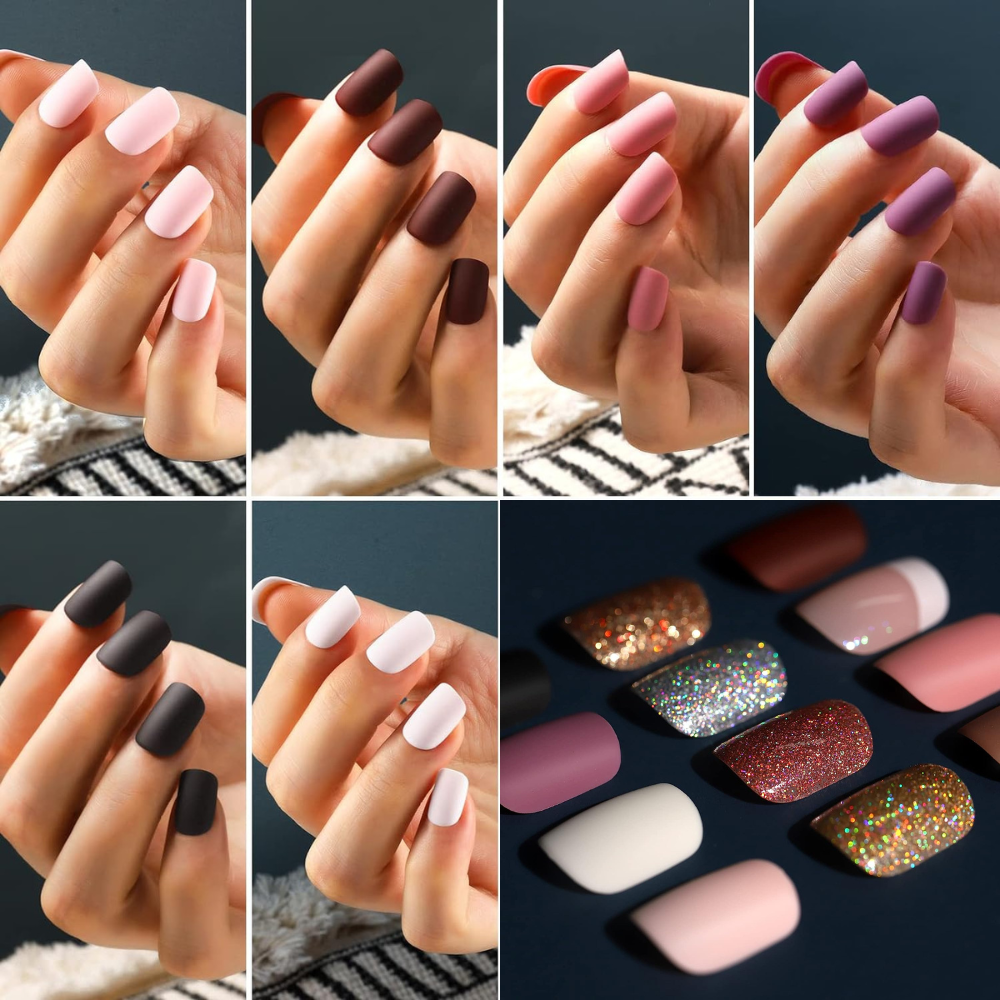
Press-on nails have become a go-to for many women seeking a salon-quality manicure without the salon price tag. But how long should you wear them? Ideally, high-quality press-ons can be worn safely for up to two weeks. During this period, the adhesive backing maintains its hold without causing significant damage to the nail beds. It's crucial, however, to monitor your own nails underneath for any signs of distress or weakening. If you notice any changes, it may be time to give your nails a break.
The key to maximizing the lifespan of your press-ons without compromising nail health is the correct amount of nail glue and proper application. Too much glue can cause damage to the natural nail surface, while too little may lead to premature detachment of the false nail. Repeated use of press-on for long periods without giving your real nails time to breathe can also lead to weakened nails. Therefore, it's recommended to wear a press-on for a shorter period and allow at least a week or two before reapplication to maintain nails healthy.
The Art of Safely Removing Press-On Nails
The removal process of press-on nails is just as important as the application process to prevent nail damage. Horror stories often arise from improper removal techniques that cause trauma to the nail bed. To safely remove press-ons, start by soaking your fingers in warm, soapy water for 10-15 minutes. This helps to loosen the adhesive and makes the nails easier to remove. You can also apply a few drops of olive oil or cuticle oil around the edges to help break down the glue. Gently wiggle the press-on nails to see if they lift without force.
If the press-ons are stubborn, you may need to use a bit more of an intervention. A cotton ball soaked in nail polish remover can be placed over the nail, secured with foil, and left for a few minutes. This acetone-based solution will help dissolve the glue. It's essential to avoid prying or pulling the nails off forcefully, as this can rip layers off your natural nails and cause damage. Instead, after the adhesive has softened, use a nail file or cuticle stick to gently push the false nail away from your real nail. Remember, patience and gentle handling are your best friends during this process.
High-Quality Press-Ons: A Safer Choice
Investing in high-quality press-ons can make a significant difference in maintaining nail health. Cheaper options may use lower-grade adhesives that are harsher on the nails or don't adhere as well, leading to premature lifting and potential moisture buildup. Look for reputable brands like Dashing Diva that offer press-on with gentle yet effective adhesive backing.
Nail Care Post-Press-Ons

After removing press-on nails, it's important to give your natural nails some TLC. Apply cuticle oil to nourish the nail beds, and use a hydrating hand cream to keep the skin around your nails supple. If you notice any signs of damage or weakness, take a break from artificial nails and focus on restoring your nail health with serums and treatments.
Allergic Reactions and Sensitivities
Some individuals may experience allergic reactions to the components in nail glue or the materials of the press-on themselves. Symptoms can include redness, itching, or swelling around the nail area. If you have sensitive skin or a history of allergies, consider using press-ons with adhesive tabs instead of glue, and always perform a patch test before full application.
The Frequency of Wearing Press-Ons
Repeated use of press-on nails without adequate breaks can lead to weakened natural nails. It's advisable to wear a press-on for shorter periods and allow your nails to rest in between applications. This practice helps to prevent nail thinning and maintains the integrity of the natural nails underneath.
Alternatives to Press-On Nails
For those concerned about potential damage, there are alternatives to press-on nails. Traditional nail polish, gel nails, or even nail wraps can provide a similar aesthetic without the need for adhesives. These options may be more suitable for individuals with fragile nails or those who prefer a less permanent solution.
Summary
Press-on nails can be a convenient and versatile option for achieving beautiful nails, but it's important to use them responsibly to avoid damage. By preparing your natural nails properly, choosing high-quality press-on, and following the correct application and removal processes, you can enjoy the benefits of press-on nails without compromising your nail health. Remember to care for your nails after removal and give them breaks between applications to keep them strong and healthy.
FAQ Section
How often should I wear press-on nails?
It's best to wear press-on nails for up to two weeks at a time and allow your natural nails to rest for at least a week between applications. This helps to prevent nail damage and maintain nail health.
Can I reuse press-on nails?
Yes, high-quality press-on nails can often be reused if removed properly and maintained in good condition. Clean them with nail polish remover and store them safely for future use.
What should I do if my nails are damaged after wearing a press-on?
If you notice damage, take a break from all artificial nails. Treat your natural nails with cuticle oil, nail serums, and hydrating treatments. If the damage is severe or persistent, consult a nail professional or dermatologist for advice.
